Technology of the Future and Design Thinking
Imagine a future where tiny robots carry medicine directly to a cancer tumor in the body, completely destroying the tumor with no toxic side effects. That is the promise of nanotechnology as applied to medicine and biotechnology — a new frontier for innovators and entrepreneurs.
Nanotechnology is at the forefront of developing technologies for diagnostic and therapeutic purposes — to detect and treat disease. Today’s cancer therapies can be like burning the entire haystack to find the needle. Toxic cancer drugs will attack a malignant tumor as well as the body’s benign cells. Research doctors, scientists and engineers are working together, but are years away from, developing commercially viable nanotechnology systems that can diagnose disease and deliver therapies directly to localized sites instead of interfering with the functions of the entire body.
It is often difficult for large pharmaceutical and imaging device companies to rapidly translate research discoveries into cost effective products and services that can benefit the general population. That’s where entrepreneurs come into the picture. Small companies have the agility, flexibility and risk mentality to develop “smart” products that are affordable, safe, and have transparent measures of effectiveness. Today’s entrepreneurs use “design thinking,” a process of creating new and innovative ideas and solving problems, to conceptualize, prototype and implement a product or service before a large company can assemble an R&D team.
Educators can use the design thinking methodology to excite a broad spectrum of students about STEM. The typical high school robotic team or club is an exclusive group of students, consisting primarily of high school boys and some girls who excel in math and science. Why not put together a robotics team consisting not only of math and science students, but one that also includes students who excel in music, art, English, world languages and social studies? Think about the creative possibilities.
Design thinking values multidisciplinary perspectives and introduces students to “spaces,” including empathy, ideation and implementation. Students are encouraged to empathize with user needs, for example a reduction of toxicity as medicine is delivered to the localized site of a tumor. Teachers and students define problems and brainstorm about solutions. Suggested solutions from different perspectives break down traditional mindsets, exploring lots of ideas and asking lots of questions. The outside-the-box question asked by a music student might inspire an adaptation or reimagining of an entire student robotics project. Design thinking demands experiential learning — learning by doing. Student designer thinkers build prototypes, test them, rethink ideas, rebuild, suggest additional needs, rebuild again and test.
Most high school teachers and students involved in robotics clubs rarely think of expanding the group beyond math and science students. But the design thinking process expands the creative space, potentially exciting a wide variety of students about STEM. Participating in design thinking as students may inspire the next generation of innovators to envision and invent nanotechnology systems that will diagnose disease and deliver therapies to improve the quality of human life.





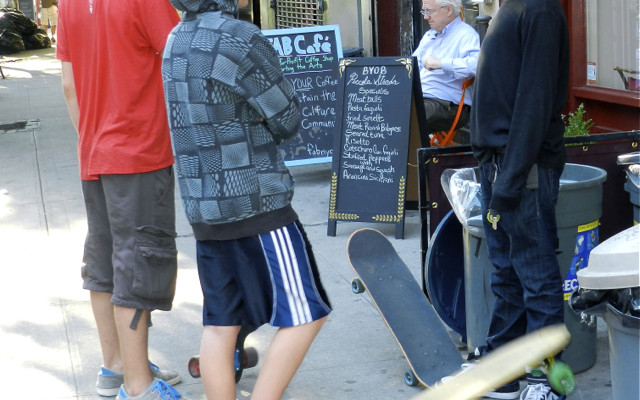

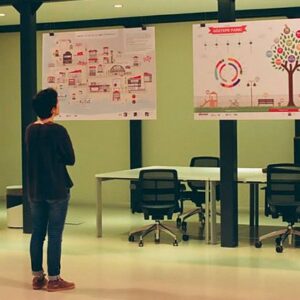
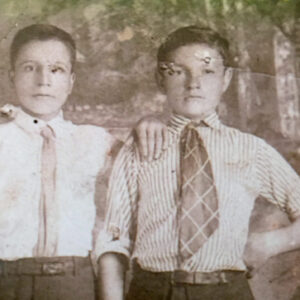

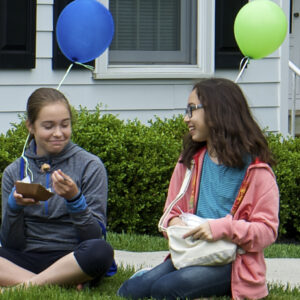

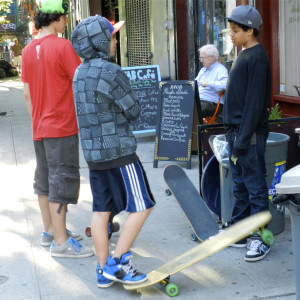
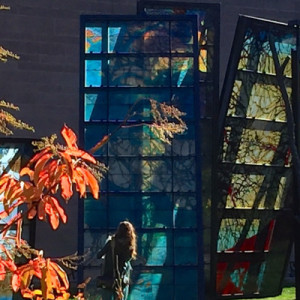
No Comments Yet!
You can be first to comment this post!